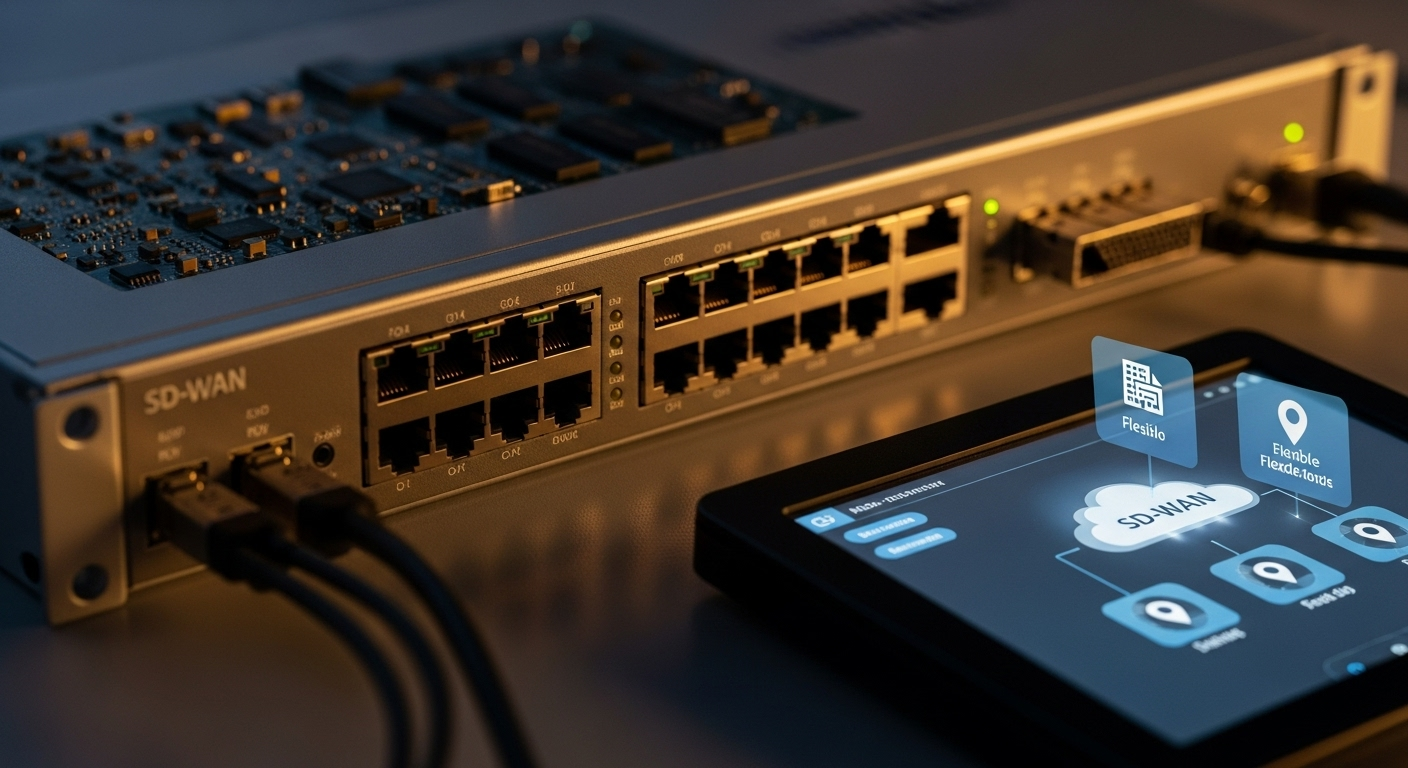Unraveling the Power of SD-WAN Technology in Modern Networking
In today's digital age, the need for robust and reliable internet connectivity has never been more critical. One technology that is rapidly gaining attention in the telecommunications industry is Software-Defined Wide Area Networking (SD-WAN). Let's delve into the evolution, impact, and future prospects of SD-WAN technology to better understand its significance in modern networking.

A Historical Overview of SD-WAN
Traditionally, organizations relied on Multiprotocol Label Switching (MPLS) circuits to create a reliable connection between different locations. However, with the advent of cloud services and the increasing demand for bandwidth, MPLS has shown its limitations, paving the way for SD-WAN technology. SD-WAN emerged as a networking solution in the mid-2010s, providing a more efficient, flexible, and cost-effective alternative to traditional WAN architectures.
Understanding SD-WAN Technology
At its core, SD-WAN utilizes software and cloud-based services to simplify the delivery of WAN services to branch offices. It allows companies to build high-performance WANs using commercially available broadband internet, eliminating the need for expensive, private MPLS circuits. This technology offers improved network agility, centralized control functions, and the ability to securely connect users to applications without sacrificing performance.
Current Industry Trends and Regulatory Changes
The SD-WAN market has seen significant growth, driven by the shift towards remote work, digital transformation, and increased cloud adoption. Industry analysts predict that the global SD-WAN market will reach $5.25 billion by 2023, growing at a compound annual growth rate of over 30%. Regulatory bodies are also playing a role in shaping the future of SD-WAN, with the Federal Communications Commission (FCC) introducing new regulations to ensure network security and data privacy.
The Impact and Challenges of SD-WAN
SD-WAN offers numerous benefits like reduced costs, improved performance, and increased security. However, it also comes with challenges, such as the need for IT teams to acquire new skill sets and the potential network complexity that can arise from managing multiple SD-WAN vendors. Despite these challenges, the benefits of SD-WAN technology far outweigh the drawbacks, making it a practical choice for many organizations.
Practical Applications of SD-WAN
SD-WAN has found its applications in various sectors, including retail, healthcare, and manufacturing. Retail businesses use SD-WAN to connect their stores and warehouses efficiently, ensuring seamless inventory management and point-of-sale transactions. Healthcare organizations use SD-WAN to improve network connectivity, enabling faster access to patient data and cloud-based applications. Manufacturers utilize SD-WAN to connect their various plants and warehouses, ensuring real-time data sharing and collaboration.
In conclusion, SD-WAN technology is reshaping the landscape of modern networking, offering organizations a more flexible and cost-effective solution to their connectivity needs. As the technology continues to evolve, it will be interesting to see how it further impacts the telecommunications industry in the coming years.




